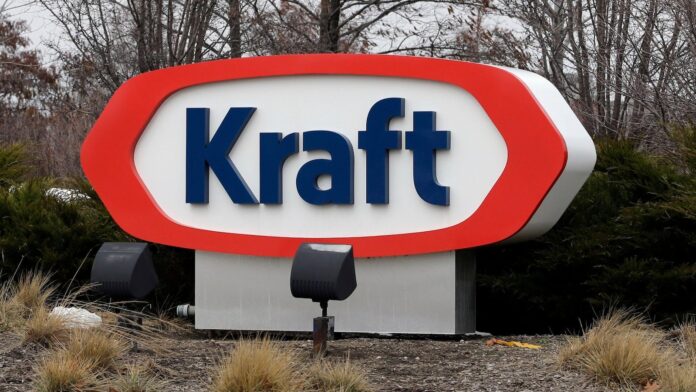The Biden administration on Monday announced $6 billion in funding for projects that will cut emissions from the industrial sector — the largest-ever U.S. investment to decarbonize domestic industry to fight climate change.
The industrial sector is responsible for roughly 25% of the country’s emissions, and decarbonization has proven difficult due to its energy-intensive, large-scale operations.
Iron, steel, aluminum, food and beverage, concrete and cement facilities are some of the companies involved in this initiative. Recipients of the funding, which comes from the Inflation Reduction Act and the Bipartisan Infrastructure Law, include 33 demonstration projects in more than twenty states.
Secretary of Energy Jennifer Granholm, speaking to the news media, said the funded technologies are “replicable,” “scalable” and “will set a new gold standard for clean manufacturing in the United States and around the world.” White House climate adviser Ali Zaidi said this funding aims to eliminate 14 million tons of pollution annually, equivalent to taking about three million cars off the road.
Among the funded projects:
—Constellium in Ravenswood, West Virginia, will operate a first-of-its-kind carbon-free aluminum casting plant and install low-emission furnaces that can use clean fuels such as hydrogen. The company produces aluminum for a range of products, including cars and aircraft.
—Kraft Heinz will install heat pumps, electric heaters and electric boilers to decarbonize food production at 10 facilities, including in Holland, Michigan.
—Cleveland-Cliffs Steel Corporation in Middletown, Ohio, will retire one blast furnace, install two electric furnaces and use hydrogen-based ironmaking technology. The project aims to eliminate 1 million tons of greenhouse gas emissions annually from the largest steel supplier to the U.S. auto industry.
—Heidelberg Materials US, Inc. will build a system that captures and stores carbon underground at its plant in Mitchell, Indiana. The project aims to capture at least 95% of the carbon dioxide released by the cement plant, preventing 2 million tons of carbon dioxide from being released into the atmosphere every year.
“I think the United States can be a leader here,” said Mike Ireland, president and CEO of the Portland Cement Association, a nonprofit that promotes cement and concrete. Ireland said the innovative cement and concrete technologies being scaled up in the US could be adopted by developing countries in the Global South to build highways and buildings in a more sustainable way.
There aren’t many U.S. factories producing new steel, and even fewer making new aluminum, so addressing emissions at even a few factories could go an outsized way toward reducing the country’s carbon footprint, said Todd Tucker from the Roosevelt Institute, the nonprofit partner. from the Franklin D. Roosevelt Presidential Library and Museum. Once the decarbonization methods are proven, the technology could be exported globally for a more dynamic climate benefit, said Tucker, the think tank’s director of industrial policy and trade.
Decarbonizing the electricity and transportation sectors is at the center of the climate conversation and there are generous federal subsidies for the solutions, which mainly involve using renewable energy for power generation and using electric vehicles, Tucker said.
But he noted that it is harder to cut emissions in heavy industries that rely on fossil fuels to create the high heat and chemical reactions needed for their operations.
“Getting this off the ground with these first few projects will be very helpful in convincing the industry that this transition is possible, and also, most importantly, convincing Wall Street that this transition is possible,” Tucker said. “The first trick is to show that it is feasible in one project. Once you do that, the private and public sectors can strategize around the rest of the problem.”
U.S. virgin aluminum production has fallen dramatically in recent decades, especially in recent years, largely due to energy costs, said Annie Sartor, director of aluminum at green industry advocacy group Industrious Labs. The process uses a huge amount of electricity, about 40% of the cost, Sartor said.
“These facilities have traditionally been located near cheap fossil energy. And today, 21st century coal, or coal and gas, is no longer the cheapest,” she said. “These facilities, which rely on fossil energy to operate, cannot compete in the global aluminum market. And they’re going to close.”
A switch to producing new aluminum with 100% clean energy could help the climate, stabilize the industry and create jobs, Sartor said.
___
The Associated Press’ climate and environmental reporting receives funding from several private foundations. AP is solely responsible for all content. Find AP’s Standards for Working with Charities, a list of supporters, and funded coverage areas at AP.org.



